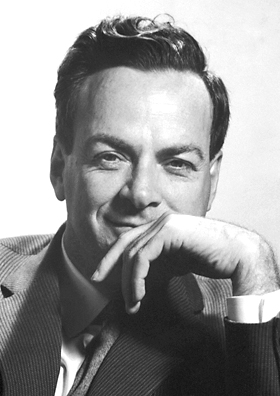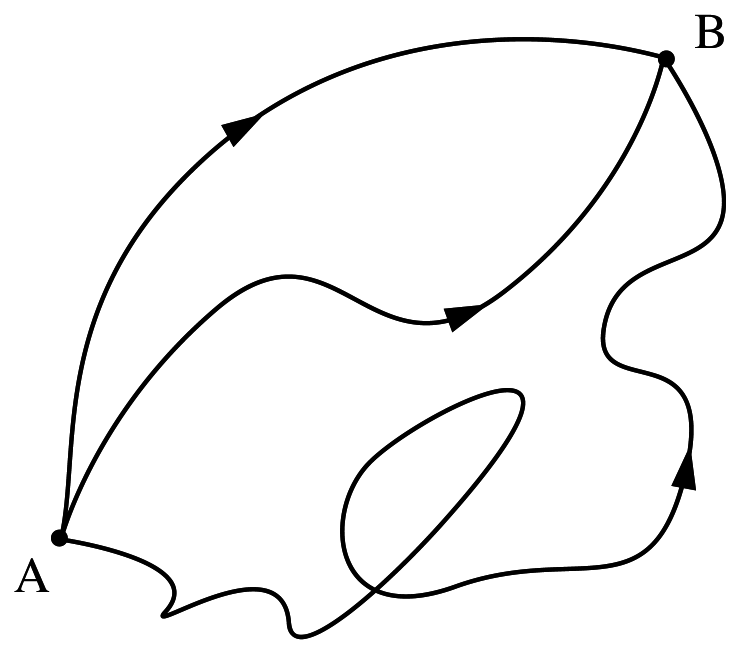Description
Feynman told me about his 'sum over histories' version of quantum mechanics. The electron does anything it likes, he said. 'It goes in any direction at any speed, forward or backward in time, however it likes, and then you add up the amplitudes and it gives you the wave-function.' I said to him: 'You're crazy'. But he wasn't. -- F.J. Dyson


What Freeman Dyson is talking about here is what is called a 'path integral' nowadays, and these have become an indispensable tool in modern theoretical physics (and beyond). In this project we will start out by describing quantum mechanics in the language of path integrals, which gives a fascinating conceptual perspective. After the basics, there are a number of applications and unexpected connections to explore:
- Using path integrals gives us quick access to Quantum Field Theory where we can discover many exciting phenomena.
- Path Integrals have important applications in statistical physics, from Brownian motion to Superconductivity
- Path integrals teach us that the Schroedinger equation is more closely related to the pricing of derivatives on the stock market than you might think.
Pre and Co-requisites
MATH2071 Mathematical Physics II
MATH3111 Quantum Mechanics III